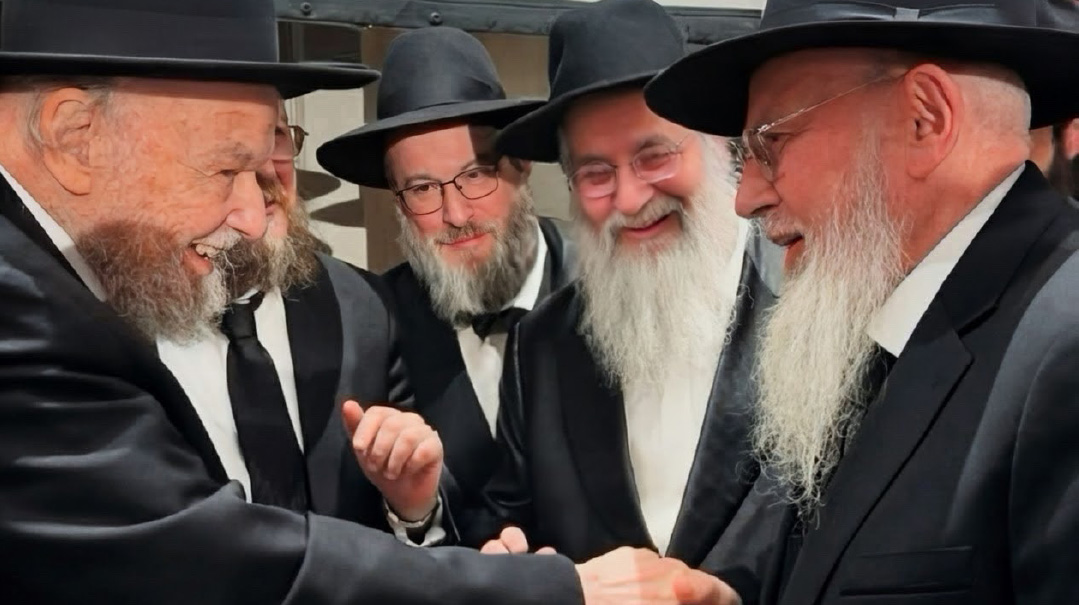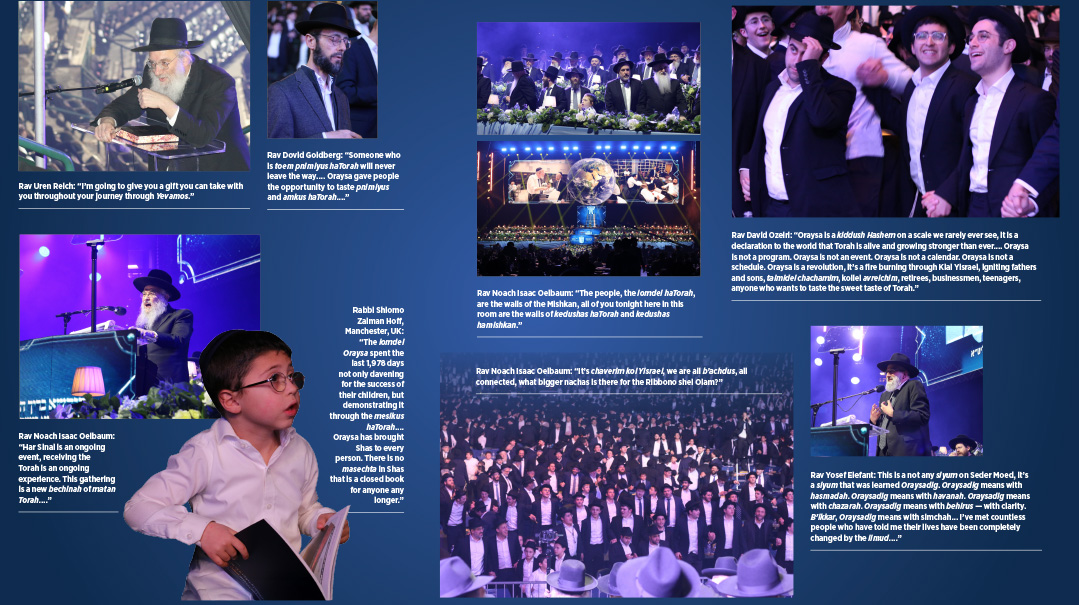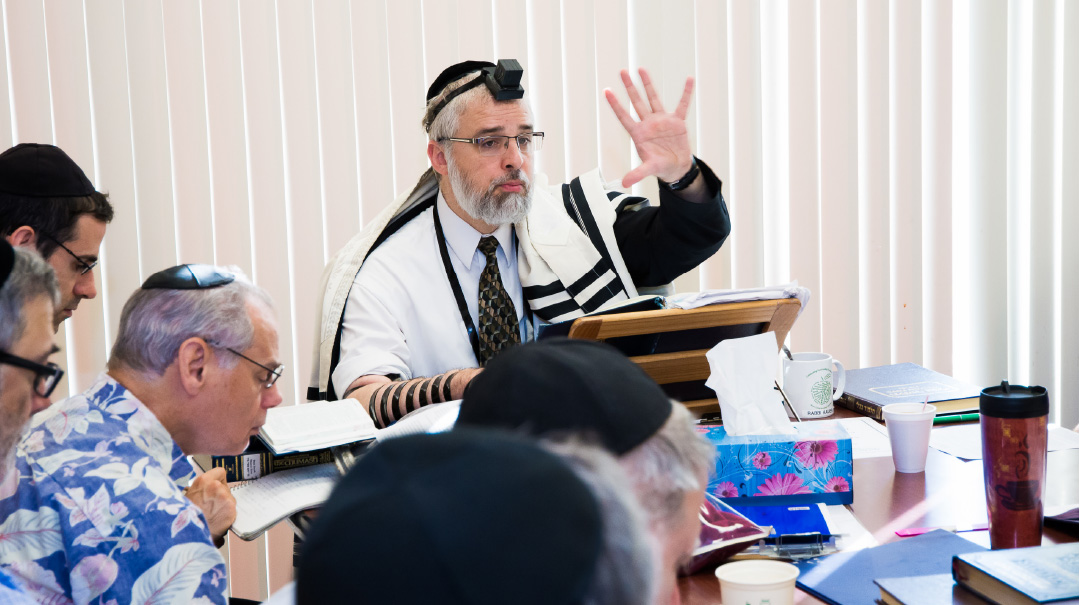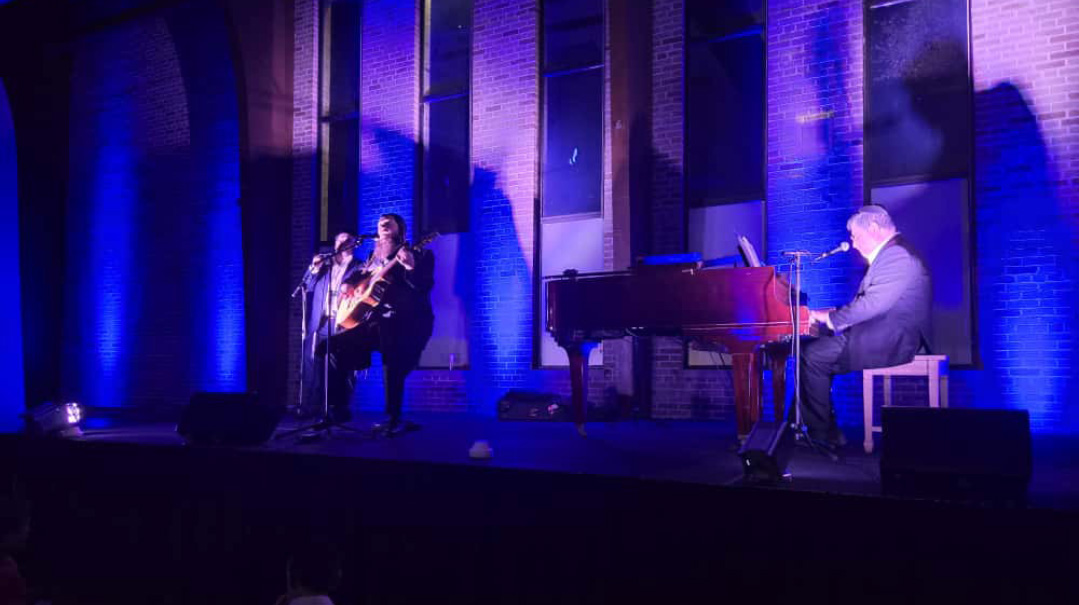Between the Lines: Time Well Spent

I was blown away by his questions and methodical, original explanations. (He famously poses 100 questions at the beginning and proceeds to answer them)
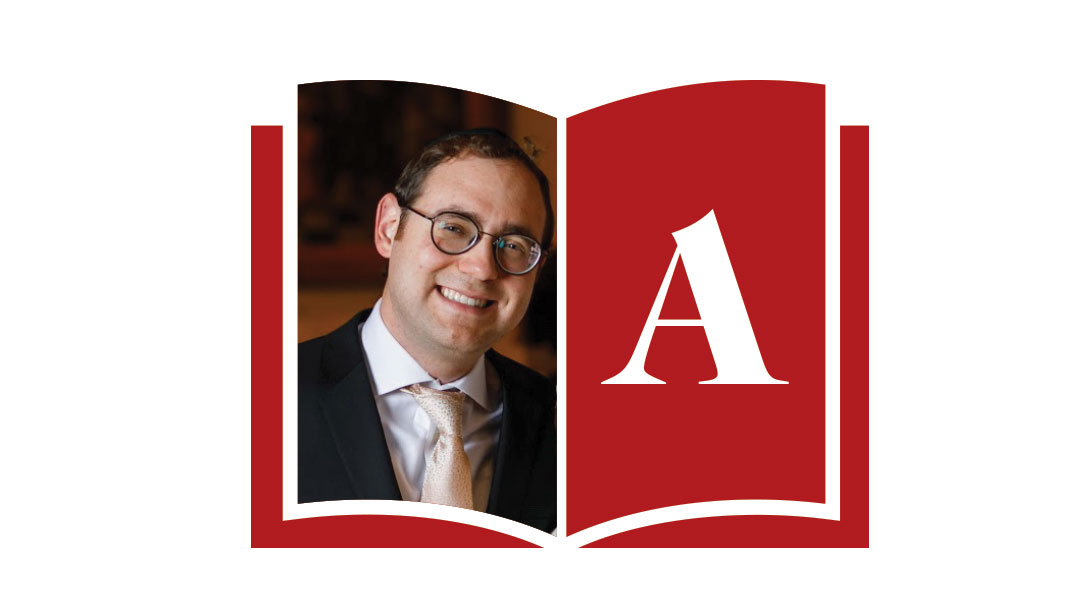
As a seforim aficionado, thinking about one sefer that has impacted my life was a tough question. Although many seforim come to mind, something that really jumped out was the sefer Shem HaGedolim of the Chida (Rav Chaim Yosef David Azulai). The Chida wrote countless seforim, but Shem HaGedolim is the one that truly resonated and made a massive impact on me. It was written by the Chida in the Lazaretto district of Livorno, Italy, upon his arrival on one of his fundraising trips as a shaliach for Eretz Yisrael. The city required new arrivals to quarantine for two weeks to be sure they weren’t bringing in disease, and the Chida decided to use the time to write a biography/bibliography of all the gedolim and rabbanim until his time.
I still remember poring over the pages in first-year beis medrash before I went to bed at night — this was the first sefer that genuinely led me along in my love of seforim and Jewish history. It’s replete with history, stories, Torah, and the Chida’s descriptions of seforim and their authors. One of the Chida’s most vivid descriptions is how he met the Pnei Yehoshua: “And I the young one (tza’ir) was zocheh to be mekabel pnei haShechinah… and his countenance was like that of a malach Elokim.”
The Abarbanel’s works are other examples of seforim that have helped me grow. Although known as an advisor to various kings and queens, he wrote many seforim, which have helped me tremendously with their clear (albeit lengthy) explanations of the Haggadah, Navi, the Torah and more. I was first introduced to his Torah when I was in beis medrash and decided to actually “learn” the Haggadah and understand what it really means. Being in Philly and not having any seforim store, we had something called the “Seforim Closet,” run by a bochur who would sell seforim once a month. I went to find something on the Haggadah, and of the limited selection available, the Abarbnel seemed the most interesting. As I began learning it, I was blown away by his questions and methodical, original explanations. (He famously poses 100 questions at the beginning and proceeds to answer them.)
Of course, there’s the Sefer Chafetz Chaim. Learning just a small section daily and constantly being reminded of the halachos of proper speech continually makes a difference for me. Rav Shmuel Kamenetsky is very into it, and in yeshivah there always was a sign hanging by the new cycle to try to convince bochurim to learn it. A friend and I decided we should try it, so we sat down and learned — and were in shock, as it related exactly to a conversation we’d had the night before! From then on we decided to learn it b’chavrusa every day until we left yeshivah (we later discovered that we hadn’t even learned the proper day of the cycle, which was further “proof” that we should do it).
My favorite “obscure” sefer is Yosef Ometz of Rav Yosef Yuspa Han Nerlongen, which discusses the minhagim of Frankfurt (16th - 17th century) and includes some very interesting hanhagos — the halachos of established times for Torah study, the proper way to raise children, how to act at home, and more. I first came across the sefer when they published the new edition a few years ago, and being interested in new editions of old seforim, I decided to buy it. After a few weeks on my shelf I picked it up and actually started reading it — and it struck me with how relevant it was for us still today.
All these other seforim notwithstanding, I’d still say Shem HaGedolim stands out as the work that really gave me my love and interest of Jewish history and bibliography.
–NACHI WEINSTEIN, host of the Seforimchatter Podcast
(Originally featured in Mishpacha, Issue 839)
Oops! We could not locate your form.


